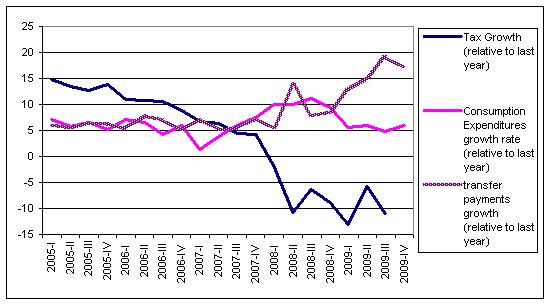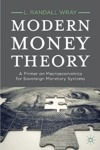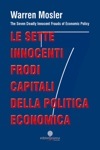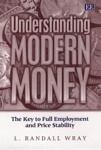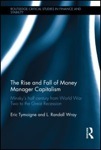By June Carbone
Edward A. Smith/Missouri Chair of Law, the Constitution and Society, University of Missouri-Kansas City
Where is the economics of the family when we need it? Family instability magnifies societal inequality and undermines the foundation for the next generation. Yet, the ideas that helped secure a Nobel Prize in economics for Chicago economist Gary Becker, which still provide the starting point for every discussion of the economics of the family, have been proved wrong in almost every respect – and lay the foundation for an economy that looks like Yemen’s.
Becker won the Nobel Prize, at least in part, because of his identification of marriage with specialization and trade: men “specialize” in the market and women in the home. His critical prediction: with the wholesale movement of women into the labor market, the gains from marriage would decline and family instability would rise.
Yet, Becker’s theory cannot explain why the only group in society whose marriage rates have increased are college-educated women or why, contrary to Becker’s predictions, the divorce rates of two career college-educated couples have returned to the levels of the early sixties. Nor does it make any attempt to account for how class now dictates family form, with family stability increasingly a product of education and income. (For more on this, see Naomi Cahn and June Carbone, Red Families v. Blue Families.)
It has no hope of explaining these factors because it misses the most significant developments of the day. The idea that men “specialize” in the market is absurd. The very idea of the market as separate from the home is a product of nineteenth century industrialization, and the specialization that occurred in that era was a much greater investment in middle class males that increased the returns to education, enhanced differentiation among male workers, and magnified income inequality. The idea that women “specialize” in the home is even loonier – the female homemaker is the very epitome of the generalist, cleaning, cooking, mending and providing child care. While my husband “specializes” in corned beef and cabbage in contrast to my salads and tomato sauce, no one would confuse the result with professional accomplishments that are the result of decades of education and experience. (For more on this, see June Carbone, From Partners to Parents: The Second Revolution in Family Law.)
Ideas, however, have consequences, and a major one that follows from getting this wrong is understating the importance of investment in women. The big story of the last half century is greater returns to investment in women, investment that is derailed by early marriage and childbearing. The second, more pernicious consequence is that Becker misses the fact that what he characterizes as specialization rationalizes domination. Women’s domestic roles – including younger average ages of marriage, multiple children born in close succession, and the lack of external sources of income – correspond closely to a lack of power in relationships. As Nicholas Kristof writes in his inspiring accounts of women from the developing world, give women just a little bit more education and independence and they leave or reform abusive mates, producing healthier children and a more productive society.
In contrast, the policies that have tried to bring back Becker’s specialized family – which include abstinence education, the shot gun marriage, and declining access to family planning – simply ensure the U.S.’s declining economic competitiveness. Teenage girls in the red states that place single-minded emphasis on marriage are MORE likely than their blue state sisters to have sex and get pregnant, marry early and get divorced, stop going to school and go to work, and end up raising their children in poverty.



